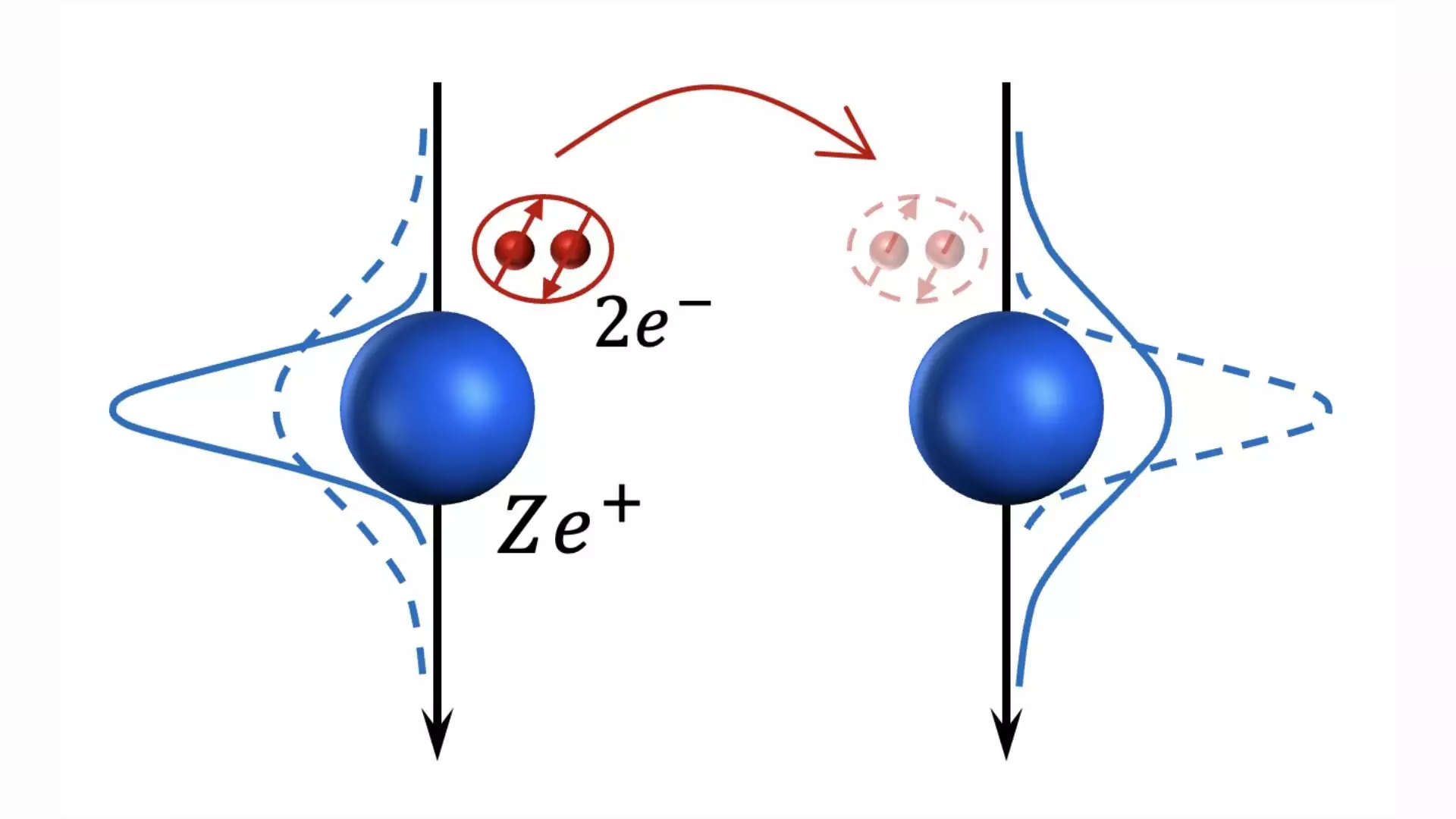Superconductivity is a fascinating phenomenon where certain materials exhibit resistance-free electrical conductance at low temperatures. A recent study published in Physical Review Letters (PRL) delves into the potential of quadratic electron-phonon coupling in enhancing superconductivity by forming quantum bipolarons. This study opens up new possibilities for achieving high-temperature superconductivity, challenging conventional mechanisms.
Electron-phonon coupling refers to the interaction between electrons and lattice vibrations known as phonons. This interaction plays a crucial role in superconductivity as it leads to the formation of Cooper pairs, pairs of electrons bound together via attractive interactions. When these pairs condense into a coherent state, materials exhibit superconducting properties. The researchers in the study aimed to investigate the impact of quadratic coupling on superconductivity, where the interaction energy is proportional to the square of the phonon displacement.
Linear coupling, prevalent in most superconducting materials, is well-understood but faces limitations in achieving high critical temperatures for superconductivity. On the other hand, quadratic coupling, less explored, offers a new perspective on enhancing superconductivity. By extending the Holstein model to incorporate quadratic coupling, researchers can analyze the formation of quantum bipolarons, a novel mechanism for achieving superconductivity at higher temperatures.
Conventional superconductors with linear electron-phonon coupling exhibit low critical temperatures, inhibiting widespread practical applications. The weak and strong coupling regimes in linear coupling hinder efforts to improve critical temperatures. In contrast, quadratic coupling presents a promising avenue for achieving higher critical temperatures, as demonstrated by the formation of quantum bipolarons. These quantum entities offer increased stability and mobility, leading to enhanced superconducting states.
In quadratic coupling, the interaction between electrons and phonons is influenced by quantum fluctuations and zero-point energy. Quantum bipolarons arise from these interactions, providing a purely quantum mechanical origin for attractive interactions. This differs from the classical principles governing linear coupling. The researchers found that strong electron-phonon interactions in quadratic coupling lead to the formation of quantum bipolarons, contributing to higher critical temperatures.
The study’s findings suggest that materials with large quadratic electron-phonon couplings can potentially achieve significantly higher transition temperatures for superconductivity. By exploring specifically engineered superlattices for electrons, researchers can optimize the coupling strength to enhance superconductivity. Experimentalists are encouraged to investigate superlattice materials with strong quadratic couplings to validate the predicted outcomes. This research opens up new possibilities for advancing high-temperature superconductors in the future.


Leave a Reply